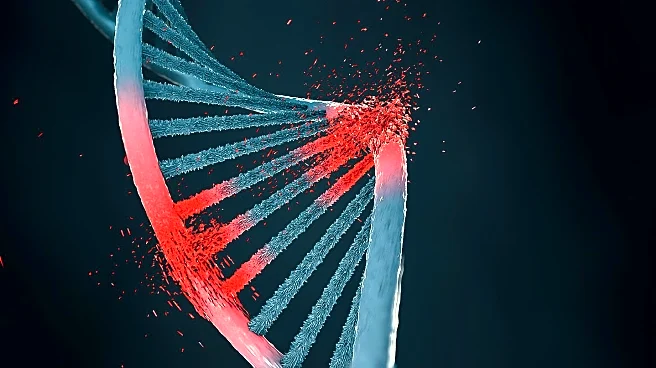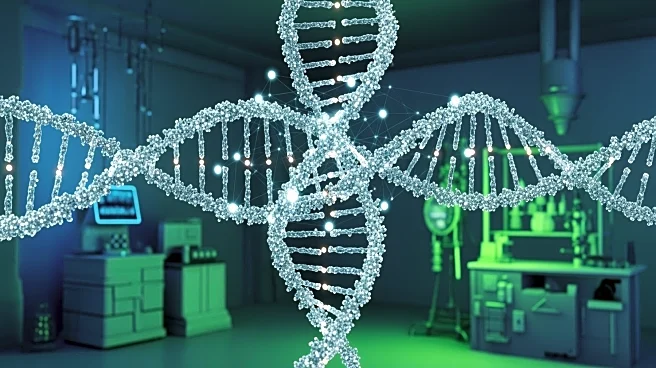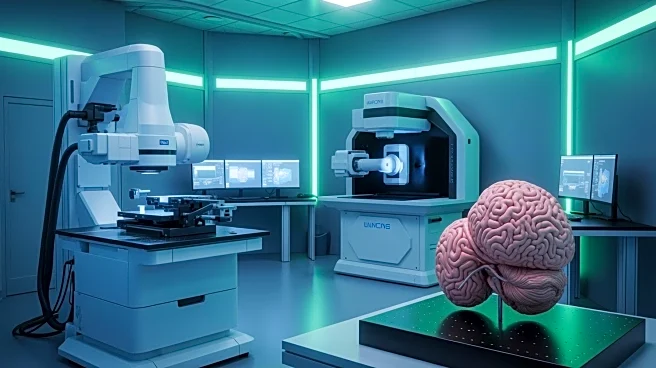What's Happening?
A large-scale next-generation sequencing (NGS) study has identified mutations in the SH2B3 gene as significant markers in diagnosing myeloid malignancies and acute leukemia. The study screened 17,833 patients
and found that SH2B3 mutations, particularly those classified as likely pathogenic, were present in about 1.4% of cases. These mutations were notably enriched in chronic myelomonocytic leukemia (CMML) and myeloproliferative neoplasms (MPN). The findings suggest that SH2B3 mutations could play a role in the clonal hierarchy and functional impact of hematologic diseases, offering potential for improved diagnostic and therapeutic strategies.
Why It's Important?
The identification of SH2B3 mutations as diagnostic markers could enhance the precision of diagnosing myeloid malignancies, leading to more targeted and effective treatments. Understanding the role of these mutations in disease progression and their interaction with other genetic alterations can provide insights into the pathogenesis of hematologic disorders. This research could influence clinical practices by integrating genetic screening into routine diagnostics, potentially improving patient outcomes through personalized medicine approaches.
Beyond the Headlines
The study raises questions about the genetic and environmental factors contributing to the development of myeloid malignancies. The potential for SH2B3 mutations to serve as early indicators of disease could lead to earlier interventions and better management of these conditions. Additionally, the research highlights the importance of genetic diversity and the need for comprehensive genomic databases to accurately interpret mutation significance across different populations.











